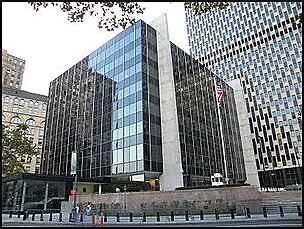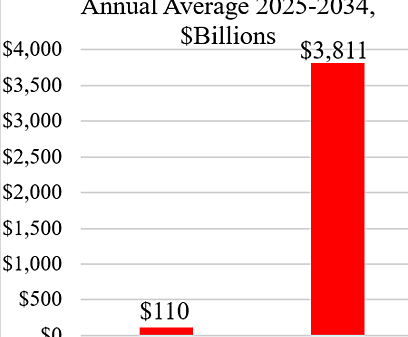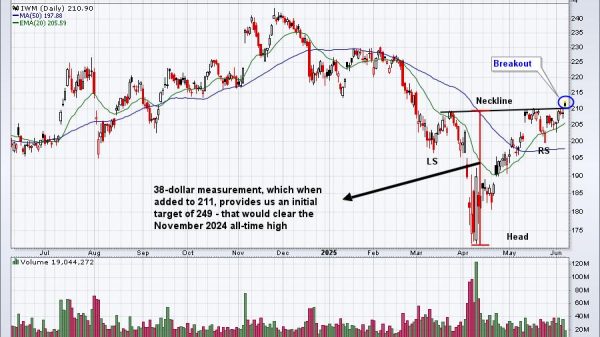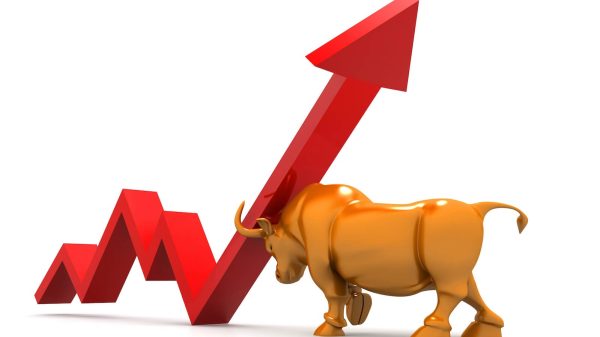Adam N. Michel and Joshua Loucks
As Americans file their taxes and square up with the IRS, it’s worth taking a closer look at where the federal government’s $4.9 trillion in revenue came from last year—and what it actually pays for.
Despite persistent political narratives, IRS data show that the federal tax system is not only highly progressive but has become more so over time. High-income Americans pay a disproportionately large share of federal income taxes and face the highest average rates across the entire tax code.
Already facing high tax rates, top earners can’t cover the cost of the ever-expanding government alone. The experience of the European welfare states illustrates that, eventually, everyone has to pay for big government. With annual deficits nearing $2 trillion, the real problem isn’t too little tax revenue—it’s too much spending.
Here are five charts to refresh your tax knowledge.
Most Federal Revenue Comes from Taxes on Income
Personal income taxes raise about half of the federal government’s revenue. However, for all but the top 10 percent of income earners, Americans pay more payroll tax on average than income tax each year. Payroll taxes account for 35 percent of federal revenue. Figure 1 shows the remaining revenue comes from corporate income taxes and other sources, including tariffs, excises, taxes on estates, and other fees.
Unlike federal taxes, more than half of state and local tax revenue comes from property and sales taxes. While it varies significantly by state, income taxes often make up less than a quarter of sub-national revenues.
The Rich Pay the Highest Tax Rates
Data on income tax payments and estimates from the Treasury Department show that the US federal tax system is highly progressive. The top 10 percent of income earners pay more than 60 percent of all federal taxes and 72 percent of income taxes, shares that have been increasing over time.
Figure 2 reports average federal tax rates, accounting for income, payroll, corporate, and other taxes. Estimates from the US Treasury’s Office of Tax Analysis show that tax rates rise as incomes increase.
The lowest-income 20 percent of earners, measured by adjusted family cash income, face average tax rates that are either negative or close to zero. A negative tax rate means the taxpayer is a net beneficiary of the tax system, likely receiving refundable tax credits, such as the earned income tax credit (EITC) and child tax credit (CTC).
On the other end of the distribution, the top 10 percent of income earners pay an average tax rate of 27.3 percent, which is 7 percentage points higher than the next closest group. Treasury breaks the highest income earners into narrower segments, showing that the highest-earning 0.1 percent pay the highest average tax rate of 33.4 percent.
The federal income tax system is even more progressive. The latest IRS data on income taxes for the 2022 tax year show that higher-income Americans continue to pay a disproportionate share of income taxes and that the system has become more progressive over time.
Figure 3 shows that as a share of adjusted gross income (AGI), the top half of income earners paid 97.1 percent of federal income taxes. The top 1 percent earned 22.4 percent of total income and paid 40.4 percent of all the income taxes. The top 10 percent earned 49.4 percent of the income and paid 72 percent of the income tax.
Since 2001, average income tax rates have fallen for all five income groups. During this same time, the share of income taxes paid by the top 5 percent increased from 52.2 percent to 61 percent, while the share paid by all other taxpayers declined. According to the National Taxpayers Union, the top 1 percent’s income tax share is the highest since the 1980s.
America’s Tax Advantage—And the Cost of Bigger Government
The United States remains a relatively low-tax country compared to its global peers. Among 22 high-income nations in the European Union, the US ranks dead last in total tax burden (federal, state, and local) for the average single worker.
Figure 4 shows the tax rate paid by an average single worker in the US and across Europe. Belgium, Germany, Austria, and France confiscate more than half of their workers’ pretax compensation. Compared to the average tax burden of an EU worker, a US worker pays $11,676 less annually in taxes.
Middle-class Europeans face high payroll and consumption taxes that dramatically reduce take-home pay and work incentives. As demonstrated in a Cato report last year, the tradeoff is stark: higher taxes make you poorer. In high-tax countries, people work fewer hours, are less likely to engage in full-time employment and see smaller financial rewards from additional work. When the government takes nearly half your paycheck, it erodes both economic freedom and personal prosperity.
The American tax system is far from perfect. But keeping our overall tax burden low is a key reason why US workers are more productive, more entrepreneurial, and ultimately better off than their counterparts in high-tax countries.
Looking only at current taxes obscures the fact that the US federal government has run a budget deficit every year since the early 2000s, financing higher spending levels through government debt.
Figure 5 shows that spending on interest and other mandatory programs (such as Social Security and health entitlements) will permanently surpass revenues by 2029, according to the Congressional Budget Office’s recent budget outlook. This leaves Congress to finance all other spending with additional debt.
If Congress keeps taxes from rising automatically in 2026 when the 2017 tax cuts expire, revenues will permanently fall short of covering mandatory and interest spending beginning next year.
The current US fiscal trajectory is unsustainable. Eventually, taxes will need to rise, or spending will need to be cut. Large, European-style welfare states cannot be sustainably financed when a narrow sliver of income earners pay the lion’s share of taxes—big government requires high taxes on the middle class.
Instead of raising taxes, Congress should reduce spending to maintain America’s outlier status as a country where the government confiscates less of your paycheck. The only way to pay lower taxes in the long run is to have a smaller government.
This is an update of a previous blog.

















